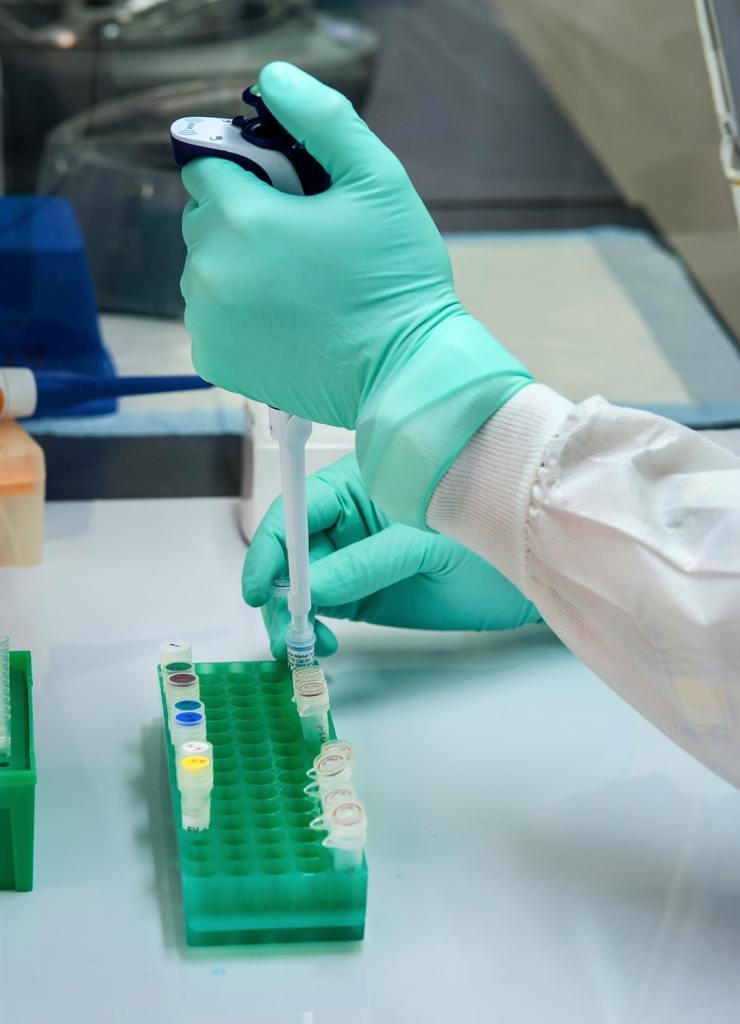
DNA sequencing refers to the process of identifying the genetic material of a living cell with the help of the sequence of DNA sequence. It consists of any technique or method that utilizes any number of methods to detect the sequence of DNA bases: guanine, adenine, cytosine and thymine (tetranucleotide). These bases are known as nucleotides.
In the process, the sequence of DNA bases is broken down to ‘letters’, which are separated into three groups namely ‘A’, ‘G ‘C’. The ‘A’ group contains the basic ‘nucleotides’ which are considered ‘alphabetical’. In DNA, these basic letters are repeated over to form ‘strands’. The ‘G’ groups comprise the ‘deoxyribonucleic acids’ (DNA strands), ‘deoxyribonucleic acids’ that have been ‘unmixed’ with the ‘A’ groups. To help you understand the DNA sequence better, click here: midilabs.com.
A DNA sequence consists of four basic DNA strands – ‘A’, ‘G’, ‘C’T’. It is considered as ‘normal’ when the sequence is present in all the strands. When the sequence is missing or ‘deleted’ it is considered as ‘mutated’. DNA is considered as a ‘normal’ sequence if the DNA strand does not contain ‘a’ base. Therefore DNA is categorized as ‘normal’ if all the strands are ‘normal’.
DNA sequencing can be done by two methods ‘qPCR’ and ‘sequencing’. In qPCR, the DNA sequence is amplified through an amplification step; on the other hand, in sequencing, a DNA sequence is read using DNA polymerase. The sequencing method is also classified according to the method of procedure employed.
Whole-genome sequencing involves the entire genome of the DNA. This method is considered as the most accurate method to conduct DNA research. The whole-genome sequence may take up to 20 hours to complete. The whole-genome sequencing can be performed either on a single DNA molecule or on DNA fragments from a larger DNA molecule such as RNA or messenger RNA.
The process of whole-genome DNA sequencing involves the preparation of an unbiased DNA library by the method of de novo genetic engineering. Once the library has been prepared, it is then sent for a shotgun sequencing to make multiple copies of the library and compare them for the desired results. You can get more info here about DNA sequencing.
Another method to sequence DNA is by PCR where, instead of amplifying the DNA strand, the DNA is mixed directly with a template or reaction mix and then heated under UV light; this method doesn’t require access to the DNA strands for the amplification. The sequence obtained from the mix is compared with the template, resulting in a readout.
The method of’sequencing chips’ is a relatively new method to perform DNA analysis. The ‘sequencing chip’ consists of two DNA samples that are then read off one after the other. The method is more accurate than the above methods but is less efficient in terms of speed. and throughput.
The method of ‘gene-based’ sequencing is a very expensive method of DNA sequencing. This method involves the use of a small number of microorganisms that are used to provide the DNA strands. The microorganisms are then used to create the desired DNA sequence. It is a cost effective method of DNA sequencing. You can learn more about this topic at https://en.wikipedia.org/wiki/Nucleic_acid_sequence.